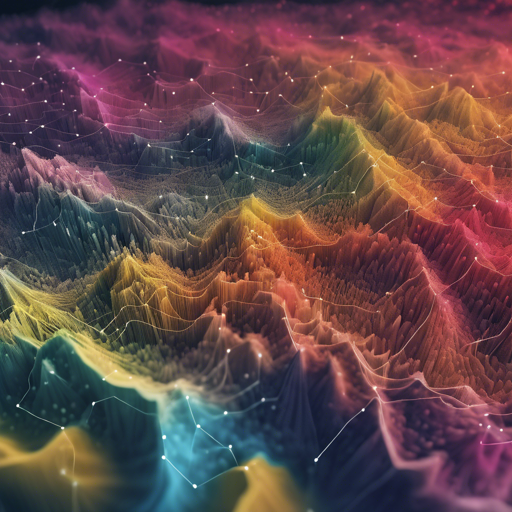Welcome to an exciting exploration of how to generate 3D shapes from point cloud data! In this blog, we will guide you through the process of implementing the method described in the paper Learning Gradient Fields for Shape Generation.
Introduction
Imagine crafting a sculpture out of a pile of clay points. Each point represents a small part of the shape you want to create. Our goal is to gather these clay points to form a beautiful figure. This is essentially what we achieve with our method — we start with a scattered set of points and gradually move them towards the more ‘sculpted’ and dense areas of the shape. Our technique employs stochastic gradient ascent to refine point clouds, leveraging the strength of deep learning frameworks like PyTorch.
Prerequisites
Before diving into using the Gradient Fields for shape generation, let us ensure you have everything set up correctly.
- Python installed (preferably in a virtual environment).
- Access to Anaconda for managing dependencies.
- A compatible GPU and libraries for CUDA (if you want to leverage GPU capabilities).
Installation Steps
Follow these steps to set up the environment:
- First, create a conda environment using the command:
conda env create -f environment.ymlconda activate ShapeGFcd evaluation
make clean
make allDataset Preparation
To successfully generate shapes, proper dataset setup is key. Please follow the instructions from PointFlow’s repository.
Using Pretrained Models
Pretrained models simplify the process of testing performance!
- To begin, download the pretrained models from the Google Drive here.
- Place the pretrained folder in the root directory of your project.
- Run the following commands to test the auto-encoding performance:
python test.py configs/recon/airplane/airplane_recon_add.yaml --pretrained pretrained/recon/airplane_recon_add.ptTraining Your Own Model
Ready to create your own models? Here’s how!
Single GPU Training
For beginner-friendly training:
python train.py configMulti-GPU Training
For more advanced users looking to speed up the process:
python train_multi_gpus.py config --batch_size #gpu x batch_sizeDuring training, we have two stages:
- Stage 1: Auto-encoding: It builds a generator that can shape 3D points based on a latent vector.
- Stage 2: Generation: Here, we use a GAN to model the distribution of the shapes.
Troubleshooting
If you encounter issues during the installation or execution of the commands, consider the following troubleshooting ideas:
- Ensure that your conda environment is properly activated before executing commands.
- Check for the compatibility of Python and PyTorch versions as specified in the README file.
- If dependencies fail to install, consider manually installing each required package detailed in the
environment.yml. - Don’t hesitate to reach out for support; for more insights, updates, or to collaborate on AI development projects, stay connected with fxis.ai.
Conclusion
At fxis.ai, we believe that such advancements are crucial for the future of AI, as they enable more comprehensive and effective solutions. Our team is continually exploring new methodologies to push the envelope in artificial intelligence, ensuring that our clients benefit from the latest technological innovations.
Final Thoughts
Giving life to 3D shapes from point clouds can yield fascinating results, transforming the abstract into tangible designs. We hope this guide assists you in exploring the world of shape generation using gradient fields.

